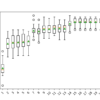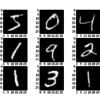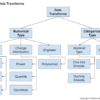Recent advance in machine learning has made face recognition not a difficult problem. But in the previous, researchers have made various attempts and developed various skills to make computer capable of identifying people. One of the early attempt with moderate success is eigenface, which is based on linear algebra techniques. In this tutorial, we will […]










